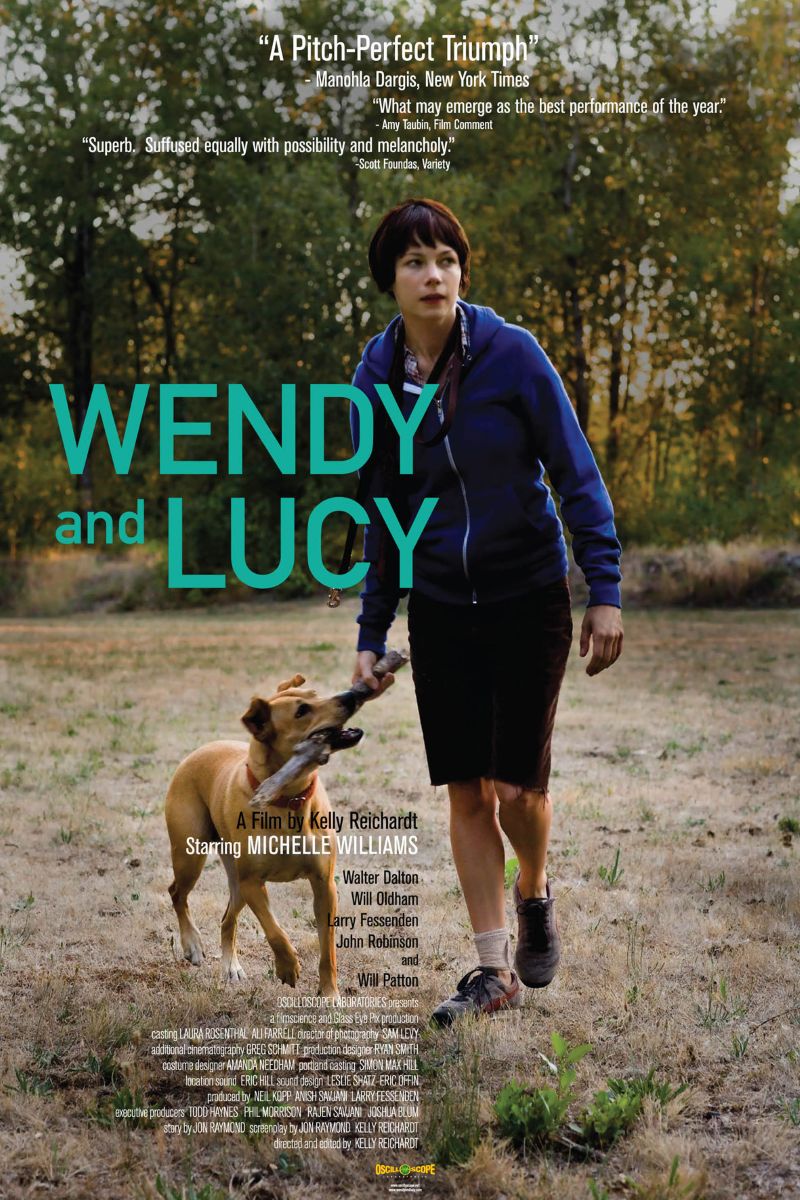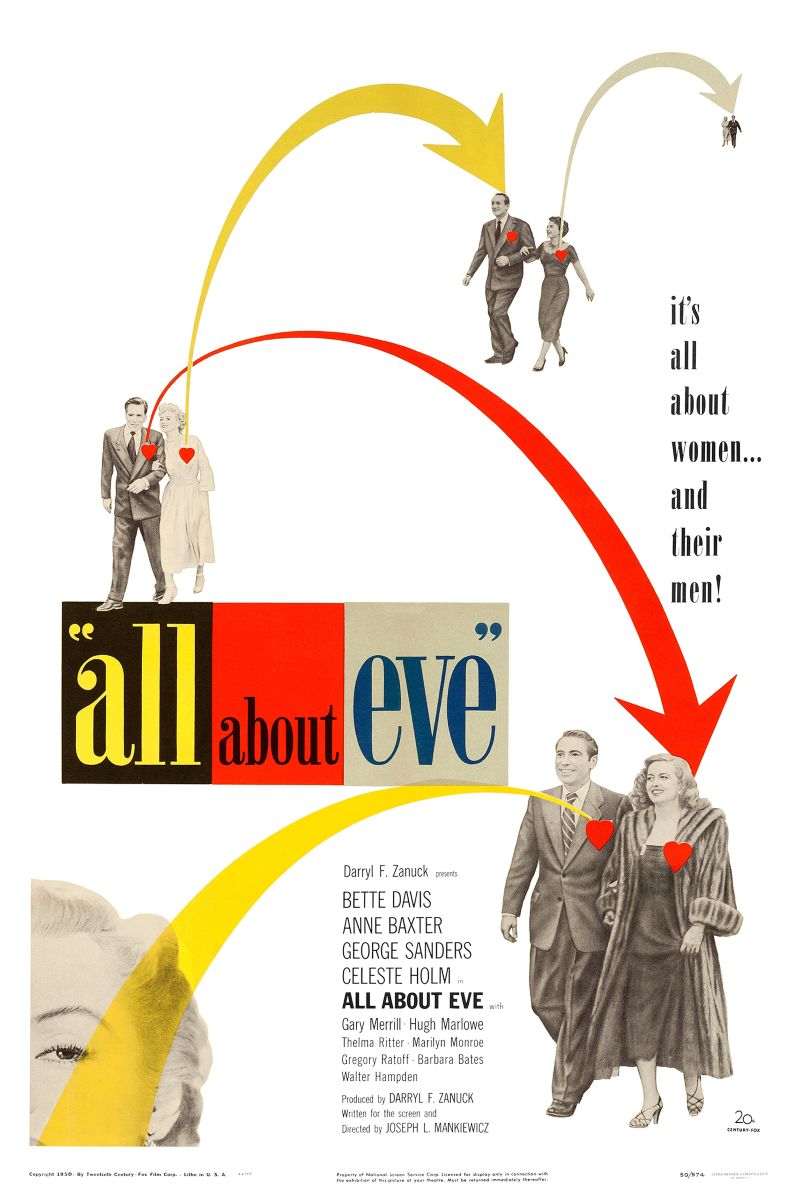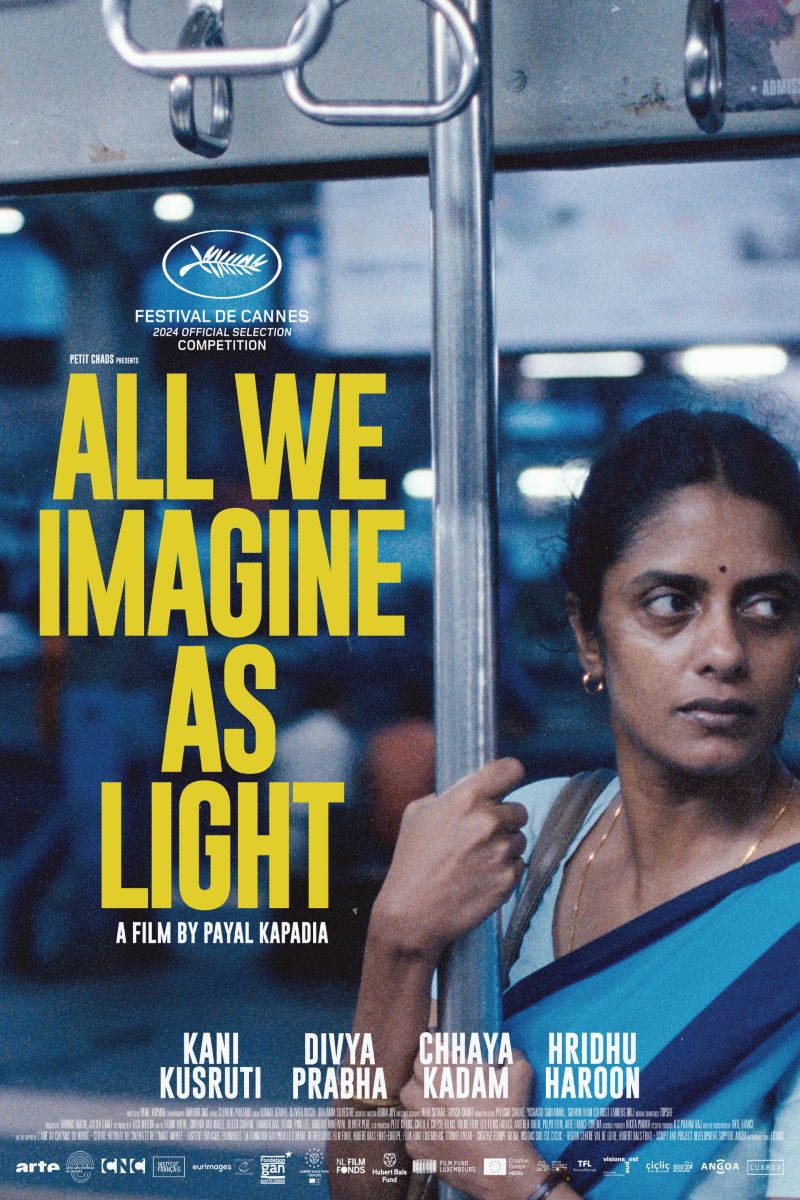
Wendy and Lucy
Wendy and Lucy
Director Kelly Reichardt recruits Michelle Williams for her character study mapping out the evolution of homelessness and destitution. With nothing but her pup Lucy, Williams's Wendy fights to survive in a recession-era landscape. Like all of Reichardt's characters, she is flawed, willful, and above all, strong.
Cast
Related Topics
🎥 Film Analysis & Review
Kelly Reichardt’s “Wendy and Lucy” stands as one of American independent cinema’s most profound meditations on economic vulnerability and survival, transforming the seemingly simple story of a woman and her dog into a devastating critique of systemic inequality and the criminalization of poverty. Through Michelle Williams’s extraordinary performance and Reichardt’s signature minimalist style, the film achieves a rare combination of intimate character study and broader social commentary that exposes the brutal realities facing those on the margins of American society. This deceptively quiet masterpiece reveals how individual resilience intersects with structural violence, creating a work of art that is simultaneously deeply personal and urgently political.
Minimalist Cinema as Social Critique
Reichardt’s approach to “Wendy and Lucy” demonstrates how minimalist filmmaking can achieve maximum emotional and political impact through precise observation and restrained storytelling. The film’s 80-minute runtime and sparse dialogue create space for audiences to observe the accumulating pressures and microaggressions that push Wendy toward complete destitution, revealing systemic failures through careful attention to everyday details.
The film’s visual style—characterized by static cameras, natural lighting, and extended observation of mundane activities—transforms ordinary moments into profound statements about economic precarity and social isolation. Reichardt’s refusal to sentimentalize or sensationalize Wendy’s situation allows the harsh realities of homelessness to emerge organically through accumulated observation rather than dramatic manipulation.
This minimalist approach reflects feminist filmmaking traditions that prioritize interiority, process, and authentic experience over conventional dramatic structures. By focusing on the practical challenges of survival—finding food, shelter, money—rather than psychological explanation or backstory, Reichardt creates a work that honors the complexity of poverty without reducing it to individual pathology or romantic victimhood.
Economic Precarity and Systemic Violence
The film’s portrayal of economic vulnerability reveals how quickly financial stability can collapse when individuals lack safety nets, family support, or institutional protection. Wendy’s journey from working-class stability to potential homelessness occurs through a series of minor setbacks—car trouble, a shoplifting arrest, unexpected expenses—that illuminate the fragility of economic security for many Americans.
Reichardt’s depiction of poverty avoids both condescension and romanticization by showing how systemic inequalities create impossible choices for people struggling to survive. Wendy’s decision to shoplift dog food emerges not from moral failure but from the practical reality that she must choose between feeding herself and caring for Lucy, revealing how economic systems force individuals into criminalized behavior.
The film’s recession-era setting provides crucial context for understanding how economic crisis particularly impacts women, who often lack access to well-paying jobs, face employment discrimination, and bear disproportionate responsibility for caregiving. Wendy’s situation reflects broader patterns of female economic vulnerability that persist across economic cycles while intensifying during periods of widespread financial instability.
Female Survival and Resilience
Michelle Williams’s performance creates one of cinema’s most authentic portrayals of female strength under extreme pressure, avoiding both martyrdom and victimization to show how women develop survival strategies in hostile environments. Wendy’s resilience emerges through practical problem-solving, emotional endurance, and strategic adaptation rather than dramatic heroism or sentimental optimism.
The film’s treatment of female survival reveals how women must navigate additional dangers and restrictions when experiencing homelessness, from sexual vulnerability to social judgment about their worthiness for assistance. Wendy’s interactions with male characters—from predatory men to indifferent authorities—demonstrate the gendered dimensions of economic precarity that compound the challenges of basic survival.
Her relationship with Lucy provides crucial emotional anchor while also representing additional responsibility that complicates her survival strategies. The film explores how relationships—even with pets—can simultaneously provide essential support and create impossible burdens for people struggling with extreme poverty, revealing the cruel choices that economic systems force upon the most vulnerable.
The Criminalization of Poverty
Through Wendy’s encounters with police, store security, and other authority figures, the film exposes how legal and social systems criminalize the basic activities necessary for survival when performed by poor people. Her arrest for shoplifting dog food reveals how property laws prioritize corporate interests over human and animal welfare, creating situations where caring for dependents becomes illegal.
The film demonstrates how homelessness itself becomes criminalized through laws prohibiting sleeping in public, loitering, or remaining in specific areas after business hours. These regulations effectively make existence illegal for people without private property access, creating cycles of arrest and penalty that further destabilize already precarious situations.
Reichardt’s portrayal of institutional interactions reveals the bureaucratic indifference and systemic obstacles that prevent effective assistance for people experiencing crisis. From dismissive police officers to overwhelmed social services, the film shows how institutions designed to provide safety and support often function as additional barriers to stability and security.
Class Consciousness and Social Isolation
The film’s exploration of class dynamics reveals how economic status affects not only material conditions but also social relationships and community belonging. Wendy’s isolation reflects both practical challenges of homelessness and the social stigma attached to poverty that creates barriers to forming supportive relationships.
Through encounters with working-class characters who show varying degrees of sympathy and assistance, the film demonstrates how economic pressure creates competition and suspicion even among those who share similar struggles. The security guard who helps Wendy and the clerk who reports her theft represent different responses to witnessing poverty, illustrating how individual choices operate within structural constraints.
The film’s portrayal of middle-class characters reveals the psychological distance and practical barriers that separate economic classes, showing how privilege creates blindness to the realities of poverty while maintaining systems that perpetuate inequality. These interactions demonstrate how class consciousness emerges through daily experience rather than abstract political analysis.
Human-Animal Relationships and Care Ethics
Wendy’s devotion to Lucy provides the film’s emotional core while raising complex questions about care, responsibility, and sacrifice under conditions of extreme scarcity. Their relationship demonstrates how bonds with companion animals can provide crucial emotional support while creating additional practical challenges for people struggling to meet basic needs.
The film’s treatment of their relationship avoids sentimentality while honoring the genuine emotional significance of human-animal bonds for people experiencing isolation and trauma. Lucy represents both Wendy’s connection to normalcy and love, and the additional burden that caring relationships create when resources are scarce.
The eventual separation between Wendy and Lucy provides the film’s most devastating moment, revealing how economic systems force people to choose between emotional attachment and practical survival. This separation illustrates how poverty destroys not only material security but also the relationships and connections that provide meaning and purpose to human life.
Regional Identity and Economic Geography
The Oregon setting provides crucial context for understanding how economic opportunities and social services vary across different regions, affecting the options available to people experiencing crisis. The film’s small-town atmosphere reveals both the potential for community support and the limitations of resources in economically struggling areas.
Wendy’s journey toward Alaska in search of seasonal work reflects the geographic mobility required for survival in contemporary economic conditions, where employment opportunities concentrate in specific locations that may be inaccessible to people without transportation or resources. Her car breakdown represents not just mechanical failure but the collapse of mobility essential for economic survival.
The film’s attention to specific places—the parking lot, the grocery store, the mechanic shop—creates a detailed geography of survival that reveals how physical spaces either support or hinder the activities necessary for basic existence. These locations become charged with political significance as sites where economic inequality plays out through daily interactions.
Performance and Authenticity
Michelle Williams’s performance achieves remarkable authenticity through its refusal to provide psychological explanation or dramatic catharsis for Wendy’s situation. Her portrayal avoids both self-pity and false strength, instead creating a character whose responses emerge organically from immediate circumstances rather than predetermined personality traits.
The performance’s power lies in Williams’s ability to convey the practical focus required for survival while maintaining awareness of emotional and psychological costs. Her interactions with other characters reveal intelligence, dignity, and strategic thinking rather than passive victimhood or helpless confusion, creating a portrayal that honors the complexity of people experiencing economic crisis.
The supporting performances, particularly from non-professional actors playing authority figures and service workers, contribute to the film’s documentary-like authenticity while avoiding caricature or stereotype. These interactions feel genuine rather than scripted, enhancing the film’s social realism and political credibility.
Sound Design and Environmental Atmosphere
Reichardt’s use of ambient sound and environmental noise creates an immersive atmosphere that enhances the film’s realism while contributing to its emotional impact. The sounds of traffic, machinery, and urban activity provide constant reminders of the economic world that excludes Wendy while continuing to function around her.
The film’s quiet moments—often featuring only ambient sound without dialogue or music—create space for contemplation and emotional processing that allows audiences to experience something approaching Wendy’s isolation and uncertainty. This approach demonstrates how sound design can serve political and emotional purposes without relying on manipulative musical cues.
The absence of traditional film score enhances the documentary quality of the experience while avoiding the emotional manipulation that often characterizes poverty representation in mainstream cinema. This restraint allows the genuine emotional content of Wendy’s situation to emerge without artificial enhancement or sentimental distortion.
Contemporary Relevance and Economic Crisis
The film’s 2008 release during the early stages of the Great Recession provided immediate relevance that has only intensified as economic inequality has expanded and housing costs have created new forms of precarity for working people. Wendy’s situation reflects broader patterns of economic vulnerability that affect increasing numbers of Americans despite economic recovery statistics.
The film’s insights about the criminalization of poverty, the inadequacy of social services, and the fragility of economic security remain urgently relevant as housing crises, wage stagnation, and rising costs continue to push working people toward homelessness. Its portrayal of institutional indifference and bureaucratic obstacles continues to reflect contemporary experiences of people seeking assistance during crisis.
The film’s feminist perspective on economic vulnerability provides essential analysis of how gender intersects with class to create specific forms of disadvantage and danger that affect women experiencing poverty. This analysis remains crucial as discussions of economic inequality often overlook the gendered dimensions of financial insecurity and homelessness.
Independent Cinema and Political Art
“Wendy and Lucy” demonstrates how independent cinema can achieve political impact through careful observation and authentic representation rather than explicit advocacy or ideological messaging. The film’s power emerges from its commitment to honoring the complexity of poverty without reducing it to simple moral lessons or policy prescriptions.
The film’s success within independent film circuits and critical recognition helped establish Kelly Reichardt as a major voice in American cinema while proving that audiences would engage with challenging subject matter when presented with artistic integrity and emotional authenticity. This success encouraged other filmmakers to explore similar themes and approaches.
The film’s influence extends beyond cinema into broader cultural discussions about poverty, homelessness, and economic inequality, demonstrating how artistic works can contribute to political consciousness without sacrificing aesthetic achievement or emotional truth.
Conclusion: Dignity in Desperation
“Wendy and Lucy” achieves its profound impact through its unwavering commitment to presenting economic crisis with dignity, complexity, and authentic detail that honors the experiences of people struggling for survival while exposing the systemic failures that create and perpetuate poverty. Kelly Reichardt’s direction and Michelle Williams’s performance create a work of art that functions simultaneously as intimate character study and urgent social critique.
The film’s lasting significance lies in its demonstration that minimalist filmmaking techniques can achieve maximum emotional and political impact when applied with precision, intelligence, and genuine respect for human experience. By focusing on the practical realities of survival rather than psychological explanation or dramatic manipulation, the film creates space for audiences to understand poverty as structural phenomenon rather than individual failure.
Through its combination of artistic excellence and political urgency, “Wendy and Lucy” stands as a masterpiece of contemporary American cinema that continues to provide essential insights into economic inequality, female survival, and the persistence of human dignity under conditions of systematic dehumanization. Its vision of resilience without sentimentality and critique without condescension offers a model for political art that serves both aesthetic and social justice imperatives.
🏆 Awards & Recognition
- • Toronto Film Critics Association Best Picture
- • Toronto Film Critics Association Best Actress (Michelle Williams)
- • Independent Spirit Award Best Feature nomination
- • Independent Spirit Award Best Female Lead nomination
⭐ Ratings & Links
Related Recommendations
Comments & Discussion
Discuss this video with other viewers
Join the Discussion
Discuss this video with other viewers
Loading comments...



